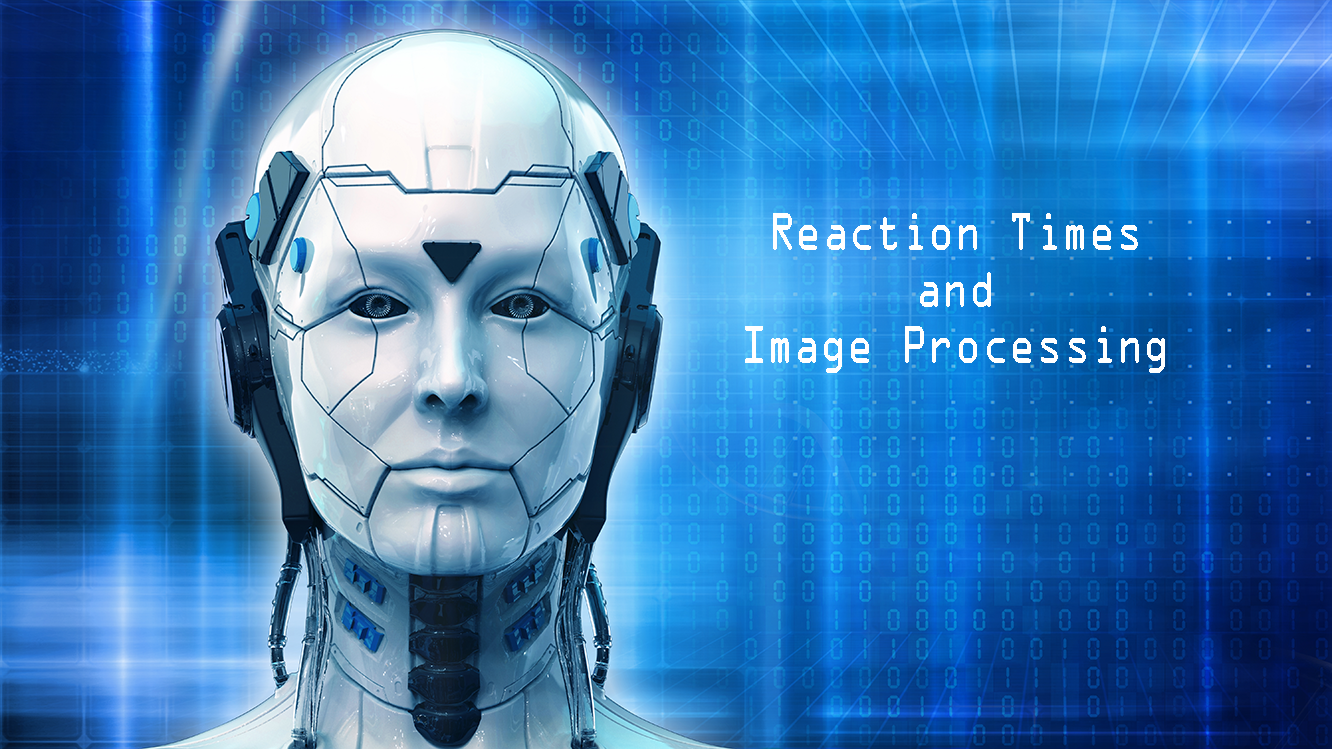Strategically designed targets, what does that mean?

Allow me to introduce myself. My name is Garrick Fernbaugh and many know me simply as Fern. I joined Navy following high school to become a Navy SEAL and devoted 20 years of service to the country, immediately followed by another 7 years to the CIA. Following my time with GRS I began providing firearms and tactics training to law enforcement, military and civilians, 2015-2021.

Experience teaching, I was a SEAL instructor at TRADET and BUDS for a total of 5 years, teaching firearms, tactics and explosives. In developing my courses and curriculum I relied upon the education and certifications I obtained while in the SEAL teams to create a first-class training program. Of relevance to this topic are the military instructor qualification (NEC9502), Master Training Specialist certification, and the NSWC Range Operations Safety certification.
Targets are training aides, let’s take it from there. Many shooters and trainers are already on board with that concept, however in order to understand what the training aides should be we need to understand the evolution of tactical training, psychology and even neuroscience. Lt. Col. Dave Grossman, wrote a number of books that pertain to performance in combat. In his book On Combat, Grossman describes shocking data that was compiled post WWII, which showed that approximately 80% of the troops in combat were not actually aiming at the enemy while they were shooting. As you might imagine the data collected caused quite a bit of concern and even disbelief. However, the validity of the study and the data collected could not be disputed. The US Army began soliciting solutions to the problem which at the root, was psychological.
Different solutions to the problem were proposed and as you might expect most of those were complex, and time consuming. The experts declared it would take extensive time and training to essentially program soldiers for the capacity to kill. It seemed there was no easy solution to the problem, however one solution seemed too easy to pass up, it was suggested to simply change the type of target the troops were training with. Initially, the solution was ridiculed however a decision was made to change the target from a bullseye to a silhouette target. It was suggested that changing the target to the silhouette of a human image is essential to psychologically programming the troops to kill another human being.

The term bullseye dates back to the 1680's when it was used to refer to small holes that were of the approximate size and shape of a bull’s eye, like a knot of wood. Circa 1833, the term began being used in archery and was a reference to the center of the target. The target type used in archery naturally transferred over to firearms training and was simply thought of as an aiming point, nothing more and nothing less. There was no psychology to firearms training then and the bullseye remained the target for training the troops and law enforcement alike, until 1955 when the US began training troops for Vietnam.
Following the Vietnam war another study was conducted to ascertain if changing the target had the desired effect upon combat hit-ratios. The new study post-Vietnam war concluded that the issue of not actually aiming while pressing the trigger had dropped from approximately 80% to 9%! Same thing said differently, simply changing the target was responsible for a 73% improvement in the combat hit-ratio. However, just like the first study post-WWII there were doubts and skepticism. Some said, the ratio dropped only due to the close proximity of the distance to contact in the jungles of Vietnam. It's true that the average distance of the firefights in Vietnam was much closer than in WWII, however the study also proved that the distance to enemy was not a factor. As a result, the study conclusively showed that changing the type of target had been the primary factor in teaching the troops to effectively aim, shoot and kill. Changing the target worked, it solved the problem and as result a fundamental shift in thousands of soldiers had occurred. To put this in perspective, would troops doing a magazine change faster be a fundamental shift? What if the troops learned to run 3 guns and ran from station to station engaging different targets, would that be a fundamental shift? I say no, those items are related to technique and proficiency. However, improving the combat hit ratio through mental conditioning, which is psychology and science is a fundamental shift. That's what I'm doing with the targets, causing a fundamental shift in the way in which we train.
I'm encouraging you to mentally pause and consider the evolution of tactical training in the last 50 years or so. Since the end of the Vietnam war in 1975 the training aide has predominantly remained a silhouette target. Yes, there are targets with images of bad-guys, but if it has lines on it it’s still teaching folks to shoot center-mass. So, in my opinion there is no difference between a target with an image and a blank piece of cardboard cut into the shape of a silhouette. I understand why we train to shoot center-mass hell, I trained to shoot center mass for 30 years or so. There are lots of good reasons for it, however that training adage is now obsolete. If you're interested there is an excellent combat related incident that illustrates perfectly why training to shoot center mass is obsolete. Click HERE to read the account of the incident.
As stated at the beginning of the post, targets are training aides and you've learned thus far how important targets are to our training. Targets that are strategically designed are done so to accomplish specific learning objectives, going back to Vietnam, the learning objective was to condition and program the soldier to be able to aim down the sights and shoot the enemy. The silhouette target accomplished that, but it seems no one has expounded upon that great training achievement, until now.
One of many learning objectives that is prevalent amongst the targets is, see where to shoot. It's simple and its exactly what it sounds like. Instead, of repetitively programming yourself to shoot center-mass you program yourself to see the most advantageous location to place rounds on target. With a variety of target characters posed at different angles you can train yourself to see in a glance whether you should aim for the heart or the cerebellum of the brain. Both locations are approximately the size of a fist and shots fired that penetrate either location will eliminate the threat. Therefore it makes sense to refer to these locations as Threat Elimination Zones™. This type of training is referred to Image Processing Training™ and is relevant if threat could be wearing PPE such as a kevlar vest or ballistic plates. If you'd like to learn more about Image Processing Training™ click HERE.
Those of you who have been in a real shooting incident realize that when rounds are about to be fired things happen quickly. The bad-guys often understand the importance of the element of surprise. Real engagements whether on the street or in combat tend to be dynamic, people are moving. So, target characters we train with should reflect the situation by being depicted in motion and at different angles. Its also important to show the hands of the target character, details matter.

Whether you realize it or not there is a psychology to the targets we use. Imagine you are rehearsing your room clearing in the shoot house and you come charging into a room to find miss Nebraska drawing from appendix, verses an MS13 gang member already on the move and shooting at you! There's psychology for you. I've noticed that many of the threat targets made by other companies may for example, feature a guy who appears to be an off-duty cop. Whoever it is featured on the target I can't say it looks like a guy who will rip my head off. Go into a federal penitentiary and take a look around, bad dudes. Using 3D animation software I aim to create target characters that fit the part. In some cases, I intend for the target character to look like a guy who will fuck you up. In contrast Near Peer characters are designed to resemble terrorists or foreign military.




If you're interested in learning more about training I encourage you to check out the Frog Blog for more information related to advanced training. Your life and the lives of others may depend upon your ability to neutralize the threat. Evolve or become obsolete.



Leave a comment
This site is protected by reCAPTCHA and the Google Privacy Policy and Terms of Service apply.